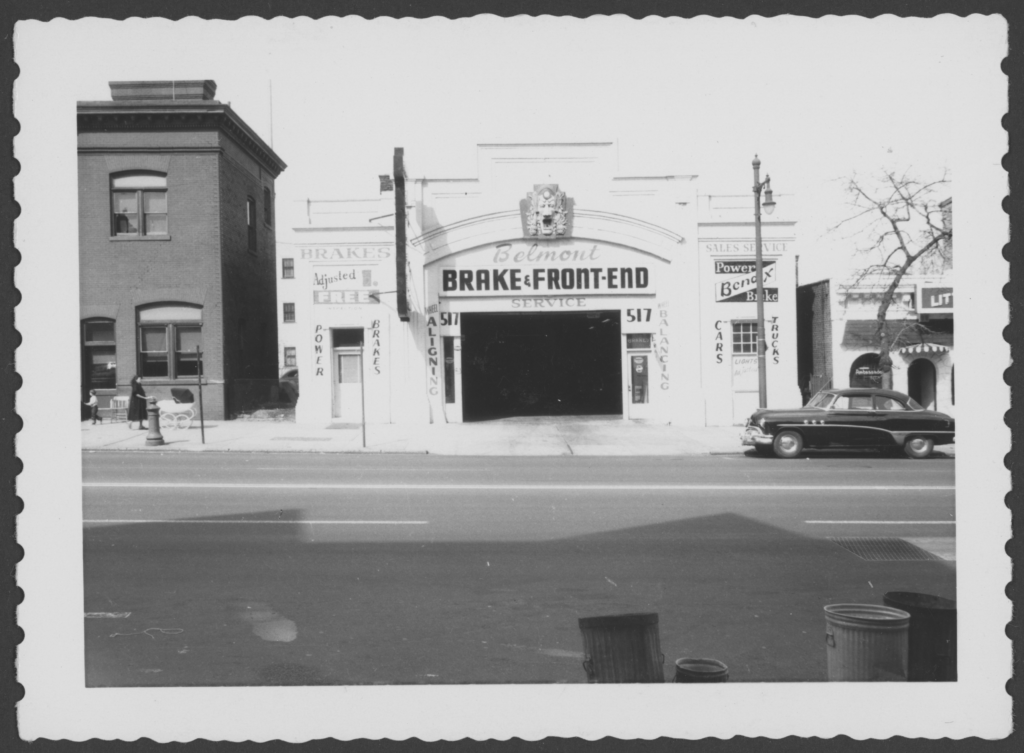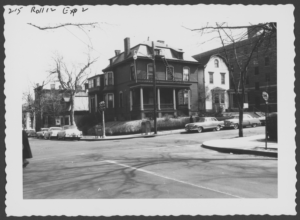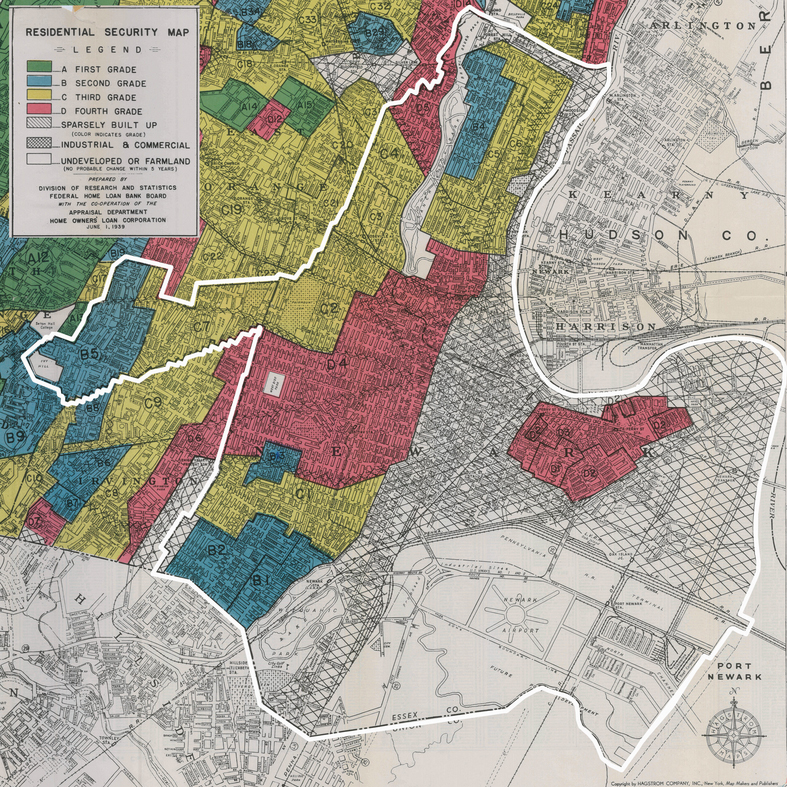-
Search by street name, not address
Is this a photo of the home you lost or a place you know?
Leave a comment with your memories.
Project lead: Myles Zhang
Research method, credits,
and notes on naming conventionsBrowse by significant street
Browse by subject
abandoned building american flag apartment building asphalt street auto shop awning baptist church bar barbershop bare tree bare trees bay window billboard billboards branch brook park brick road bridge building buildings bushes cars child children church cleaners coca cola sign commercial building corner building corner house corner store cross do not enter drugstore empty lot esso factory fence fire escape fire hydrant food market for rent furniture store garage gas station grocery store house jordan baris laundry liquor store lot luncheonette manhole cover man standing man walking men standing men walking multi level building multi level house no left turn no parking no right turn one way parked cars parking lot people standing people walking pepsi pepsi sign phonebooth picket fence porch post office mailbox railroad tracks restaurant row of buildings row of businesses row of cars row of houses row of trees Schenley school sidewalk store front street light street parked car street parked cars street sign sunoco tavern traffic light trash can trash cans tree trees truck utility pole utility poles woman walking women walking wooden fence
Noticed a mistake?
All photos were manually referenced to their contemporary locations. Contemporary street views correspond to camera angles of former photos, even though address naming conventions and house numbers may have changed.
If a photo is misplaced, contact mylesz@umich.edu with a link to the photo and description of the error.
Author: Myles Zhang
*#517 Central Ave garage, originally Cosmopolitan Movie
*Liquor store, #380 West Market St, origin Nickleodeon Movie
*SE corner Roseville & Sussex Ave, Coit Memorial on right
What does racializing space mean?
The design of space has everything to do with race. Depending on the intentions of planners, architects, and politicians, urban space can be designed to unite or divide people. Throughout history, buildings have been used as symbols and tools of power: The plantation house facilitated the enslavement of Blacks; the superhighway sliced through the city and separated Black neighborhoods from White neighborhoods; the public housing project concentrated Blackness and poverty in the same place; the slum clearance projects disproportionately displaced Blacks from the communities they had built over generations. All these and more are examples of how race, architecture, and power are intertwined as tools against the less powerful.
Newark history, too, has its share of highways, slum clearance projects, and urban renewal efforts that all shaped and continue to shape the city we know today. Newark’s vacant lots, empty stores, and architecturally monotonous streetscapes were once colorful, historical, and visually interesting neighborhoods, most of them Black neighborhoods. By looking at and thinking about Newark through the lens of racializing space, this website guides visitors to re-interpret and understand how and why their city has changed through time. And hopefully, by understanding how racial prejudice and White flight produced the divided metropolis, we can take efforts to preserve the historic architecture that survives and to rebuild an egalitarian metropolis.






